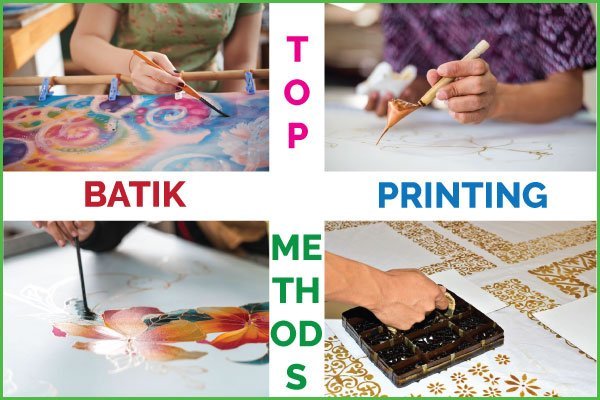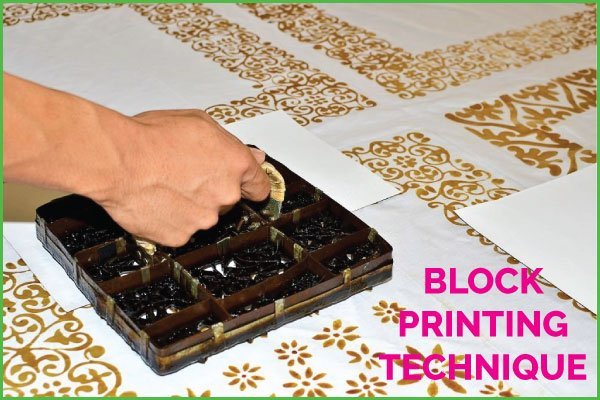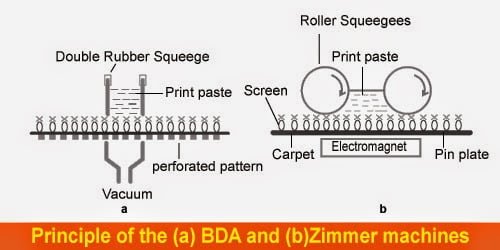Printing on Denim Fabric
Printing on denim is an issue we should be careful about, otherwise, you may have a latent problem that you are unaware of until it is too late. Denim is made from “Bean dye” with the warp threads heavily covered by starch mixed with indigo or sulphur dye. If you want to print on it […]






